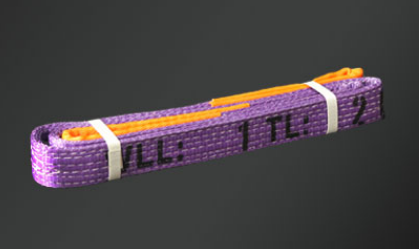The lifting belt is a simple and convenient lifting tool, and its application can be seen in many industries. Compared to steel wire rope slings, the lifting belt has a soft texture, does not harm the lifting object, and has a large bearing capacity, with an increasingly wide range of applications. The carrying capacity of different types of lifting belts varies, so what factors determine the carrying capacity of lifting belts?

1. Sewing method of lifting belt. The lifting belt made of any material shall be sewn back, and the stitching must be completed, otherwise the bearing capacity of the lifting belt will be directly affected. During back stitching, there should be a gap between the suture and the width edge of the lifting belt, which does not override the width and thickness of the lifting belt body. A gap of 2-4 mm should be left for non stitching; Tape with a thickness greater than 10mm shall be left 4-8mm without stitching. The length of the back seam should not be less than 25MM to ensure the carrying capacity of the lifting belt.
2. The manufacturing material of the lifting belt. The production materials of lifting belts include polypropylene, imported DuPont silk, polyester, nylon, etc. The bearing capacity of lifting belts made of different materials is also different.
No matter which type of lifting belt is used, it must be used within the rated load range. Overloading is prohibited to avoid accidents.